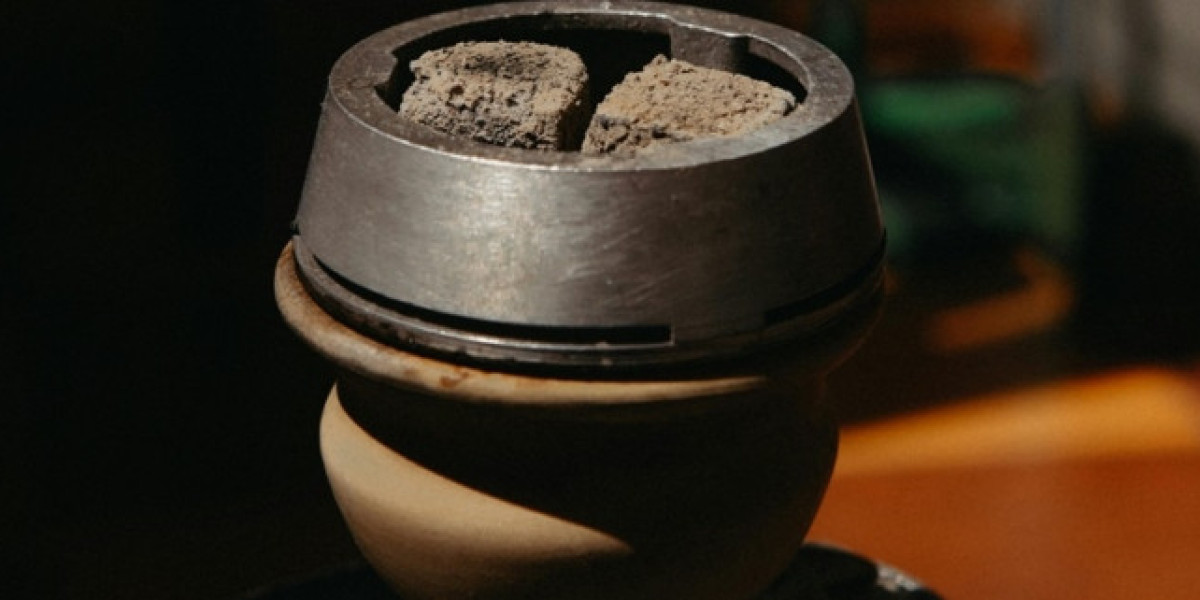Air ducts are the backbone of a building's heating, ventilation, and air conditioning (HVAC) system. They play a crucial role in maintaining indoor air quality and ensuring that the environment is comfortable for occupants. However, over time, these ducts can accumulate dust, mold, and other contaminants, leading to poor air quality and potential health hazards. This article delves into the process of commercial air duct cleaning, highlighting its importance, methods used, and benefits for businesses. We will explore what the cleaning entails, the equipment involved, steps taken during the process, and the advantages of having regularly cleaned air ducts.
The Importance of Air Duct Cleaning
Commercial air duct cleaning is essential for maintaining a healthy indoor environment. According to the United States Environmental Protection Agency (EPA), indoor air can be two to five times more polluted than outdoor air. This pollution can come from various sources, including dust, allergens, and contaminants trapped in air ducts. Regular cleaning can help reduce these pollutants, ultimately leading to better air quality and improved employee health. In fact, a study by the American Society of Heating, Refrigerating and Air-Conditioning Engineers (ASHRAE) indicates that effective air duct cleaning can lead to a 20% increase in HVAC system efficiency, thus saving on energy costs.
Signs That Your Air Ducts Need Cleaning
There are several indicators that suggest it might be time for a professional air duct cleaning. If you notice excessive dust accumulation on vents, musty odors, or visible mold growth around your HVAC system or duct openings, it is a clear sign of contamination. Additionally, if your HVAC system is not performing efficiently, it may be due to clogged ducts that restrict airflow. The National Air Duct Cleaners Association (NADCA) recommends that commercial air ducts be inspected and cleaned every three to five years, but this frequency may vary based on environmental factors and building usage.
Understanding the Cleaning Process
The air duct cleaning process typically begins with an initial inspection. Professionals will assess the system and identify areas of concern, such as clogs or mold growth. Once the assessment is complete, technicians will develop a cleaning plan tailored to the specific needs of the facility. The cleaning process generally involves several steps, including the use of specialized equipment to dislodge and remove debris from ducts, ensuring that all contaminants are effectively eliminated from the system.
Equipment Used in Air Duct Cleaning
Commercial air duct cleaning requires specialized equipment to effectively remove dust and contaminants. High-powered vacuums, rotary brushes, and air whips are commonly used to dislodge debris from the duct walls. These tools work in conjunction with negative pressure systems, which create a vacuum that pulls contaminants into a collection system, preventing them from being released back into the air. In addition to these tools, technicians may use fogging equipment to apply antimicrobial agents that help prevent mold growth and odor issues in the future.
Steps Involved in the Air Duct Cleaning Process
The air duct cleaning process can be broken down into several key steps. First, technicians will seal off all vents to create a negative pressure environment. Next, they will use rotary brushes or air whips to dislodge dirt and debris from the duct walls. Following this, a powerful vacuum system will remove the dislodged contaminants, ensuring that they do not re-enter the airflow. After cleaning, technicians may choose to apply an antimicrobial treatment to inhibit future growth of mold and bacteria. Finally, they will conduct a post-cleaning inspection to ensure that the job has been completed to standard.
Benefits of Regular Air Duct Cleaning
The benefits of regular commercial air duct cleaning extend beyond improved air quality. Clean air ducts can lead to increased energy efficiency, as a clean system requires less energy to operate. This can translate to significant cost savings on utility bills. Furthermore, clean ducts can help extend the lifespan of HVAC systems by reducing wear and tear caused by clogs and inefficiencies. Additionally, maintaining clean air ducts can enhance employee productivity and comfort, as a cleaner indoor environment contributes to overall well-being.
Choosing the Right Air Duct Cleaning Service
When selecting a commercial air duct cleaning service, it is crucial to choose a reputable provider. Look for companies that are members of the National Air Duct Cleaners Association (NADCA), as they adhere to industry standards and best practices. Additionally, check for certifications, customer reviews, and a transparent cleaning process. A reliable company will conduct a thorough inspection and provide a detailed cleaning plan, ensuring that all aspects of the duct system are addressed.
Conclusion
In summary, commercial air duct cleaning is a vital process for maintaining healthy indoor air quality and promoting energy efficiency in buildings. Understanding the importance of this cleaning, the signs that indicate a need for it, and the process involved can help businesses make informed decisions about their HVAC systems. Regular maintenance and cleaning not only enhance the quality of the air we breathe but also contribute to the longevity of the HVAC system and the overall health of occupants. As businesses continue to prioritize the well-being of their employees and clients, investing in professional air duct cleaning services can be a crucial step towards creating a safe and comfortable environment.

